1. “The roof is in great shape”
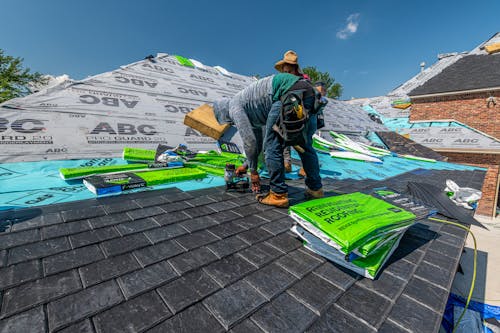
This is one of the most common reassurances sellers give, but an inspection often tells a different story. Roofs may look fine from the ground, but inspectors catch curled shingles, flashing gaps, or even small leaks in the attic. These issues don’t always mean a full replacement, but they can still be costly. Buyers should remember that “great shape” usually means “not leaking yet.”
Inspectors also check how many layers of shingles are present and whether ventilation is adequate. A roof nearing the end of its lifespan can quickly become a five-figure expense. Sellers may honestly believe their roof is fine because it hasn’t caused visible problems. Still, the inspection puts a timeline on reality—and that timeline can be much shorter than promised.
2. “The basement is completely dry”
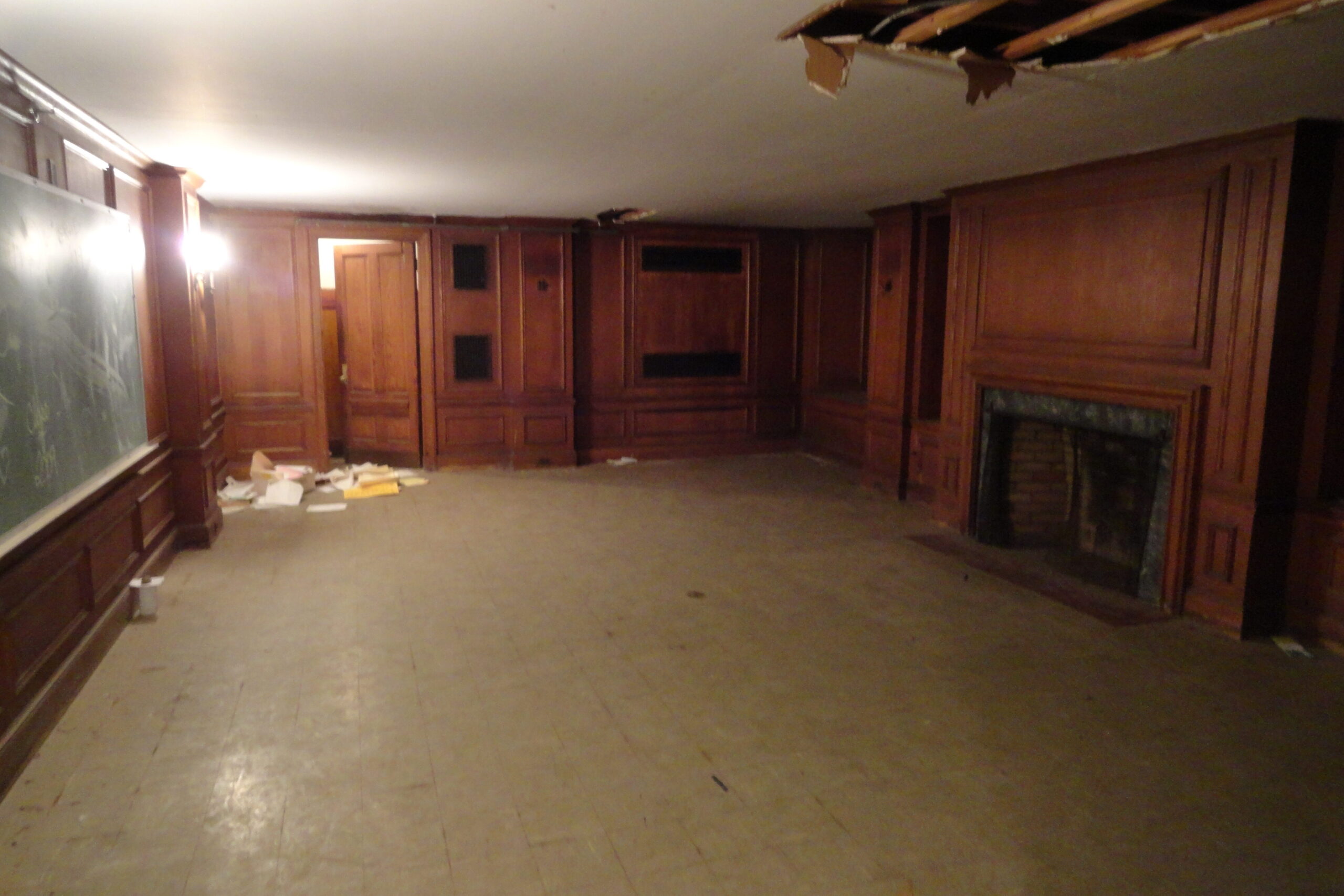
Basements are notorious for hiding water issues, and sellers often assure buyers that theirs has “never leaked.” But inspectors know the subtle signs: water stains on foundation walls, efflorescence, or musty odors. Even if it hasn’t flooded, seasonal changes can reveal moisture that sellers simply haven’t noticed.
A dry basement today doesn’t guarantee it will stay that way after a heavy storm. Inspectors will also look at grading, gutters, and sump pumps to see how water is managed around the home. Fixes can range from resealing cracks to installing costly drainage systems. Buyers should always take this promise with a grain of salt.
3. “The HVAC system works perfectly”
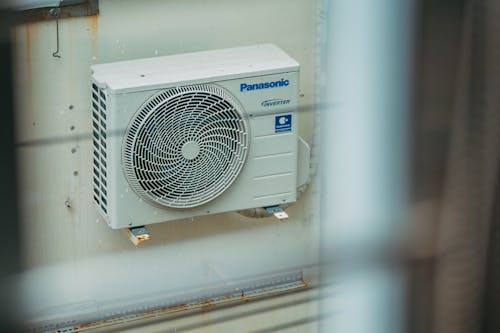
Heating and cooling units can indeed function, but “working” isn’t the same as being efficient or well-maintained. Inspectors often find clogged filters, dirty coils, or units that are long past their expected service life. A system can blow hot or cold air while still being on its last legs. That surprise can mean a major expense right after moving in.
Inspectors typically note the age of the system, which is crucial for forecasting replacement costs. They’ll also check for issues like inadequate duct insulation or outdated thermostats. Sellers may honestly believe their system works fine because it turns on. Buyers, however, need to know if it’s going to last through more than a couple of seasons.
4. “The electrical system is updated”
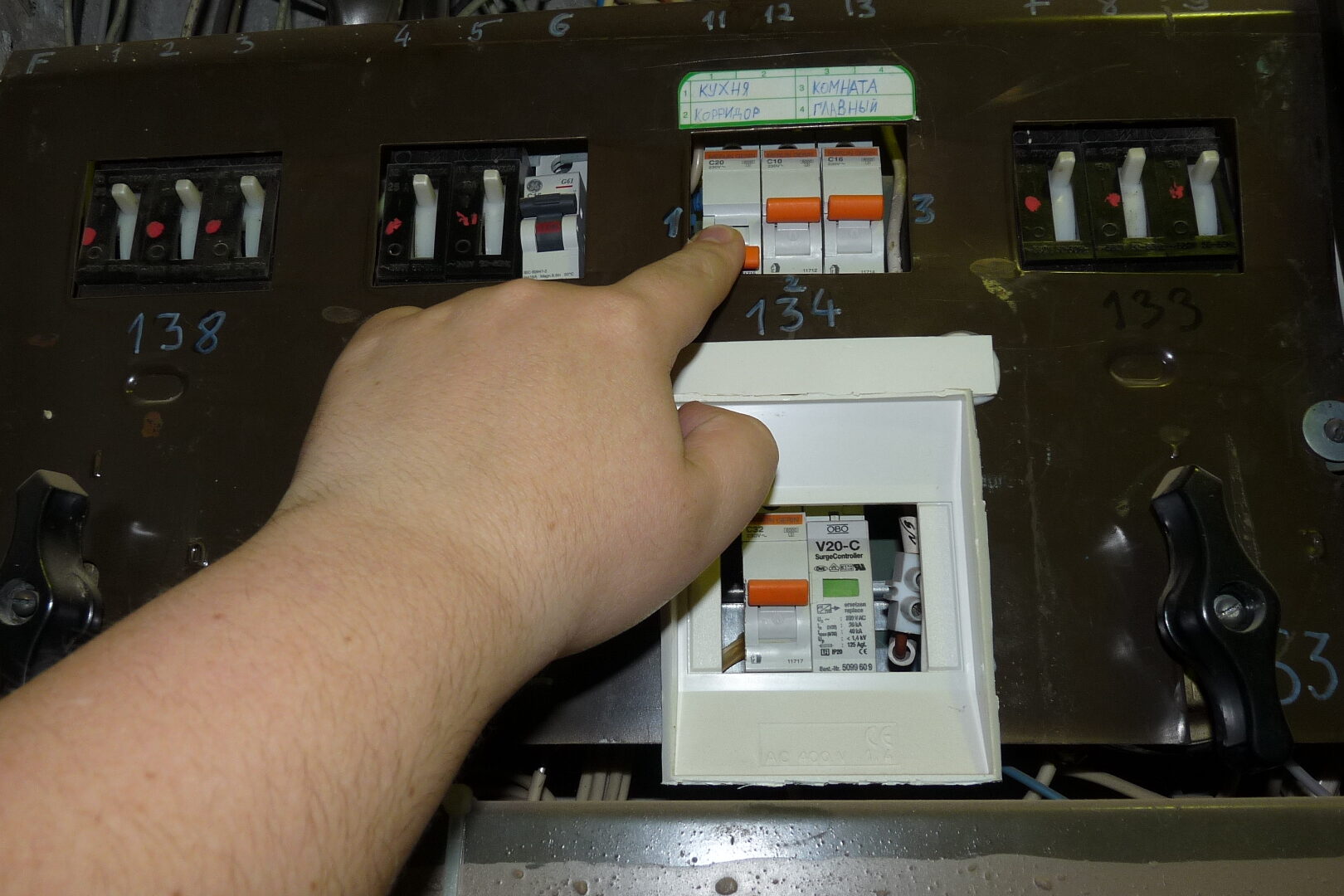
It’s common for sellers to say that “everything’s up to code,” but inspectors often find lingering issues. Older homes sometimes have a mix of updated wiring alongside outdated or unsafe components. Double-tapped breakers, ungrounded outlets, and amateur DIY fixes show up more than anyone wants to admit. These things might not be visible until a trained eye takes a look.
Electrical issues can be serious safety hazards, and inspectors take them very seriously. Even if part of the system was updated, it doesn’t mean the whole house is up to modern standards. Knob-and-tube wiring or aluminum connections may still be hiding behind walls. Buyers should assume that “updated” might just mean “patched here and there.”
5. “The plumbing has no issues”
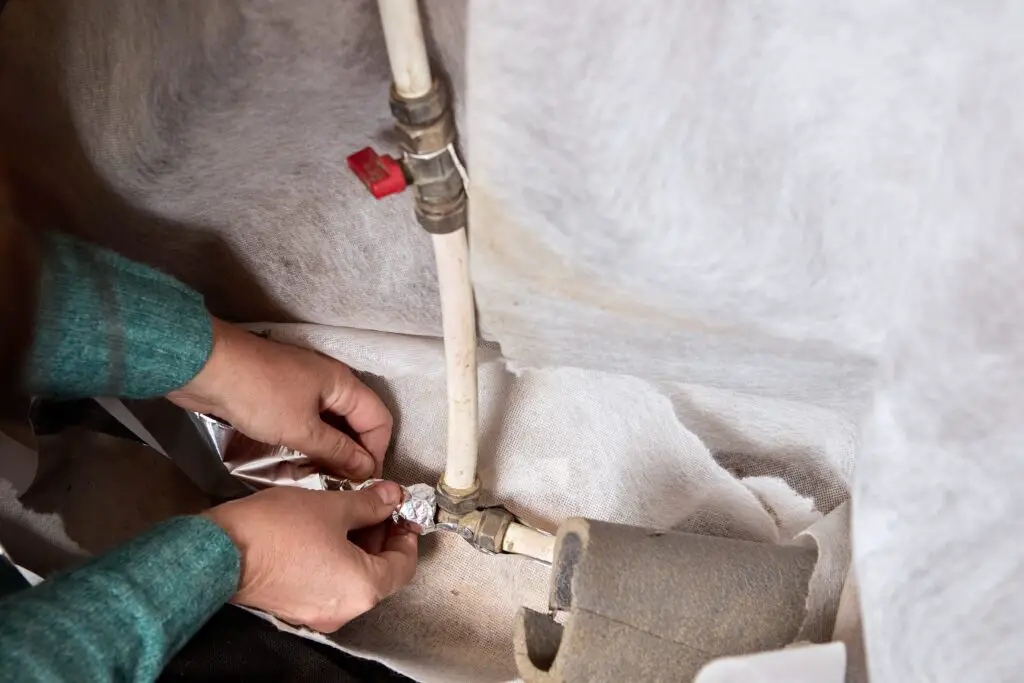
Plumbing problems are often invisible until they’re tested under inspection. Sellers may not realize that small leaks, slow drains, or water pressure issues exist. Inspectors run every faucet, flush toilets, and check for signs of leaks behind walls or under sinks. That promise of “no issues” can unravel in minutes.
Older pipes, such as galvanized steel, are especially common culprits. These can corrode from the inside, making water flow weak and sometimes discolored. Inspectors also look for cross-connections or outdated materials like polybutylene, which can fail unexpectedly. Buyers need to know that “working plumbing” doesn’t always equal reliable plumbing.
6. “The foundation is solid”
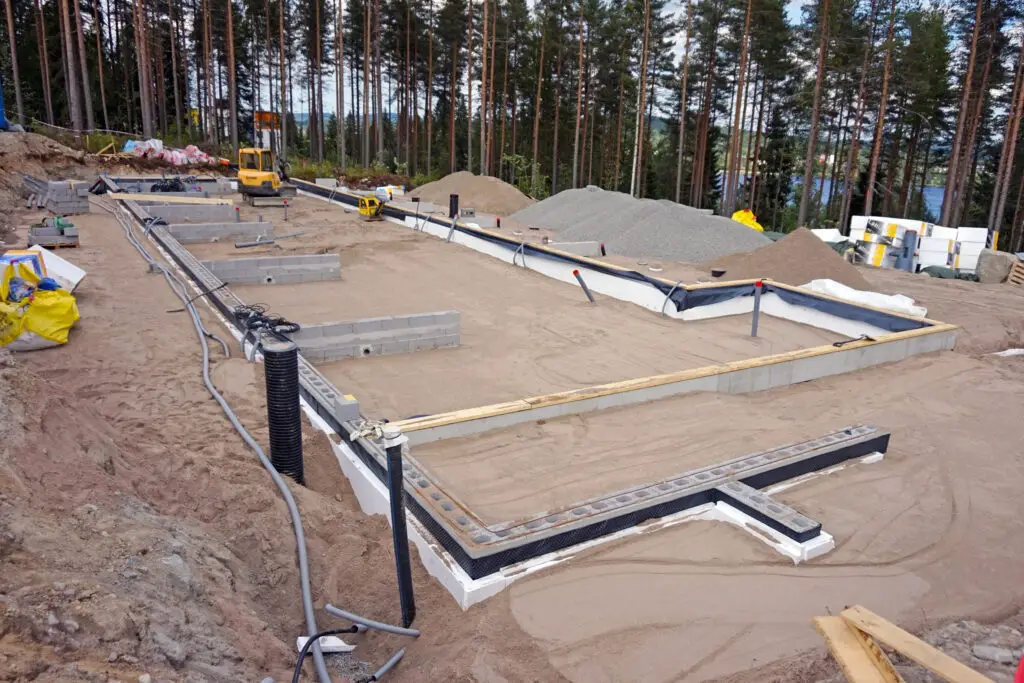
Foundation cracks are often brushed off as “just cosmetic,” but inspectors don’t take them lightly. A hairline crack might indeed be harmless, but wider cracks or signs of shifting can point to major structural issues. Sellers may have lived with it for years without trouble, but that doesn’t guarantee it won’t worsen. Inspections reveal whether repairs or monitoring are needed.
Foundation problems can affect everything from doors not closing properly to uneven floors. Inspectors use levels and look at drainage patterns outside to understand the full picture. Sometimes repairs are simple, but other times they involve major excavation. Buyers should always question broad claims of a “solid” foundation.
7. “The attic has plenty of insulation”
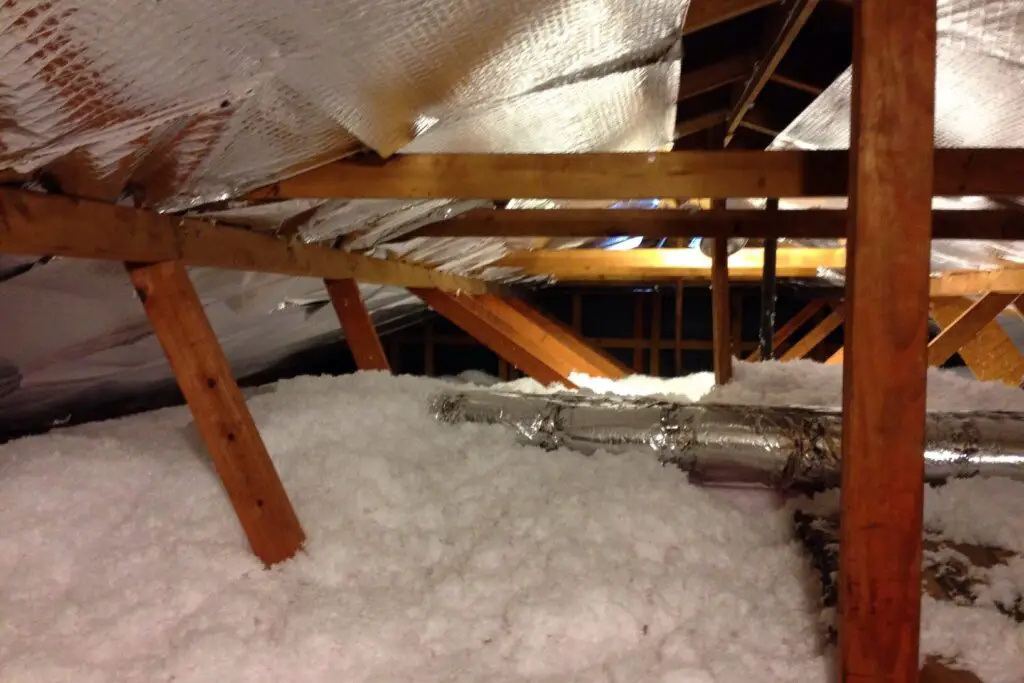
On a quick glance, an attic might look full of insulation, but inspectors measure depth and coverage. Gaps, settling, or missing vapor barriers can all undermine performance. Sellers may believe it’s adequate simply because they never felt drafts. But inspections often show that energy efficiency is far lower than advertised.
Poor insulation leads to higher energy bills and uneven indoor temperatures. Inspectors also look for signs of rodent activity, which can damage insulation over time. Even if it looks fluffy and thick, insulation may not meet current recommended R-values. Buyers should expect that “plenty” might mean “barely enough by today’s standards.”
8. “The appliances are in great working order”

Just because the dishwasher runs or the oven heats up doesn’t mean everything is fine. Inspectors often uncover leaking hoses, faulty wiring, or worn-out seals that sellers never noticed. Appliances may technically work but still be near the end of their useful life. Buyers could end up replacing them sooner than they thought.
Inspectors usually test each built-in appliance, not just for function but also safety. They’ll check for proper venting, grounding, and whether units are installed correctly. Even if sellers recently used them, problems can show up under closer scrutiny. That promise of “great working order” is often a little too optimistic.
9. “The windows are energy efficient”
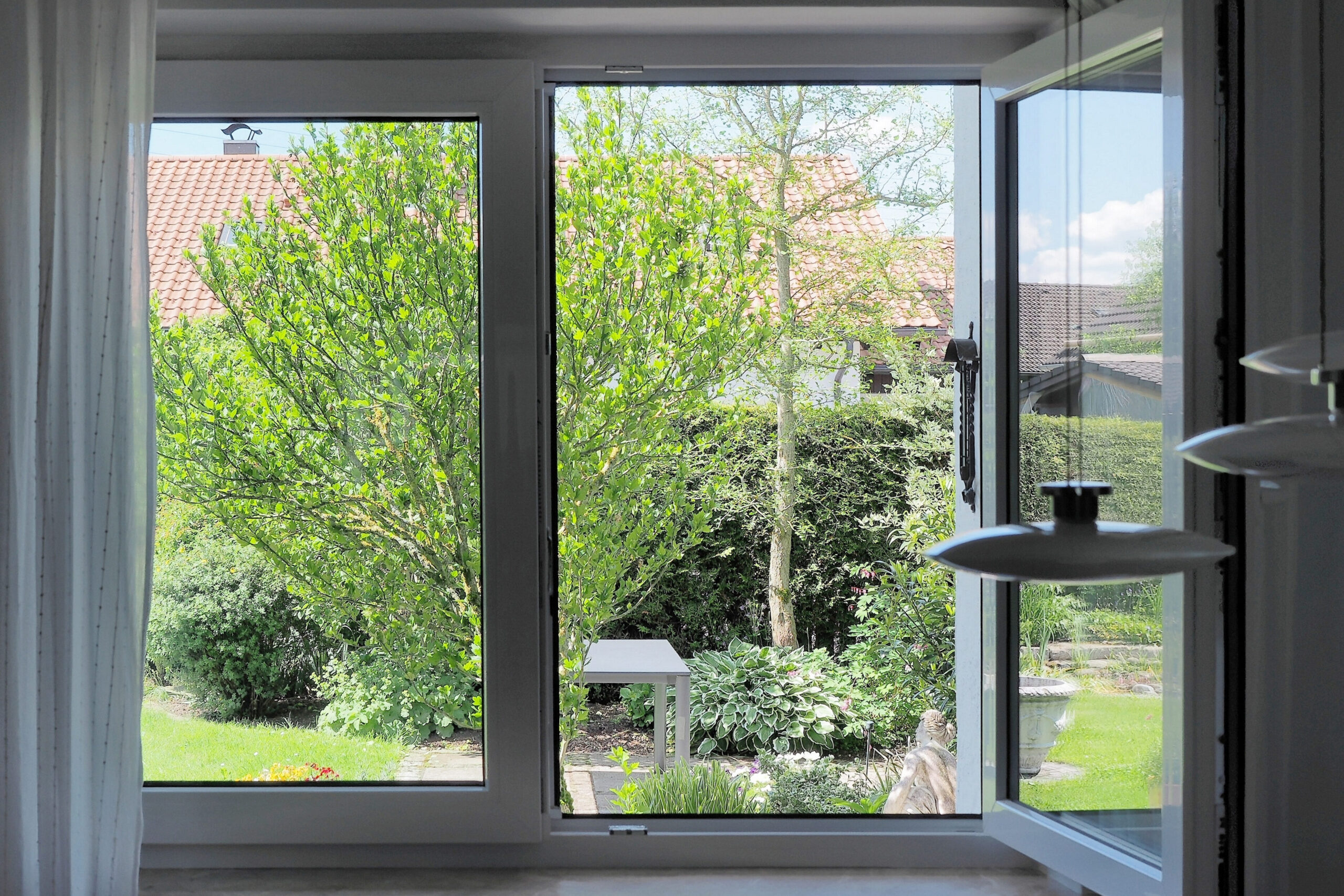
Windows are another area where appearances can be deceiving. Sellers may point to newer replacements, but inspectors know to check for drafts, broken seals, and poor installation. A foggy double-pane window, for example, means the insulating gas has leaked out. That makes them far less efficient than claimed.
Efficiency isn’t just about age—it’s about performance. Inspectors test how well windows open and close, and whether they lock securely. Even if they were marketed as “energy efficient” at the time, standards have changed. Buyers should prepare for the possibility that those windows aren’t saving nearly as much energy as they hoped.
10. “The deck is sturdy”
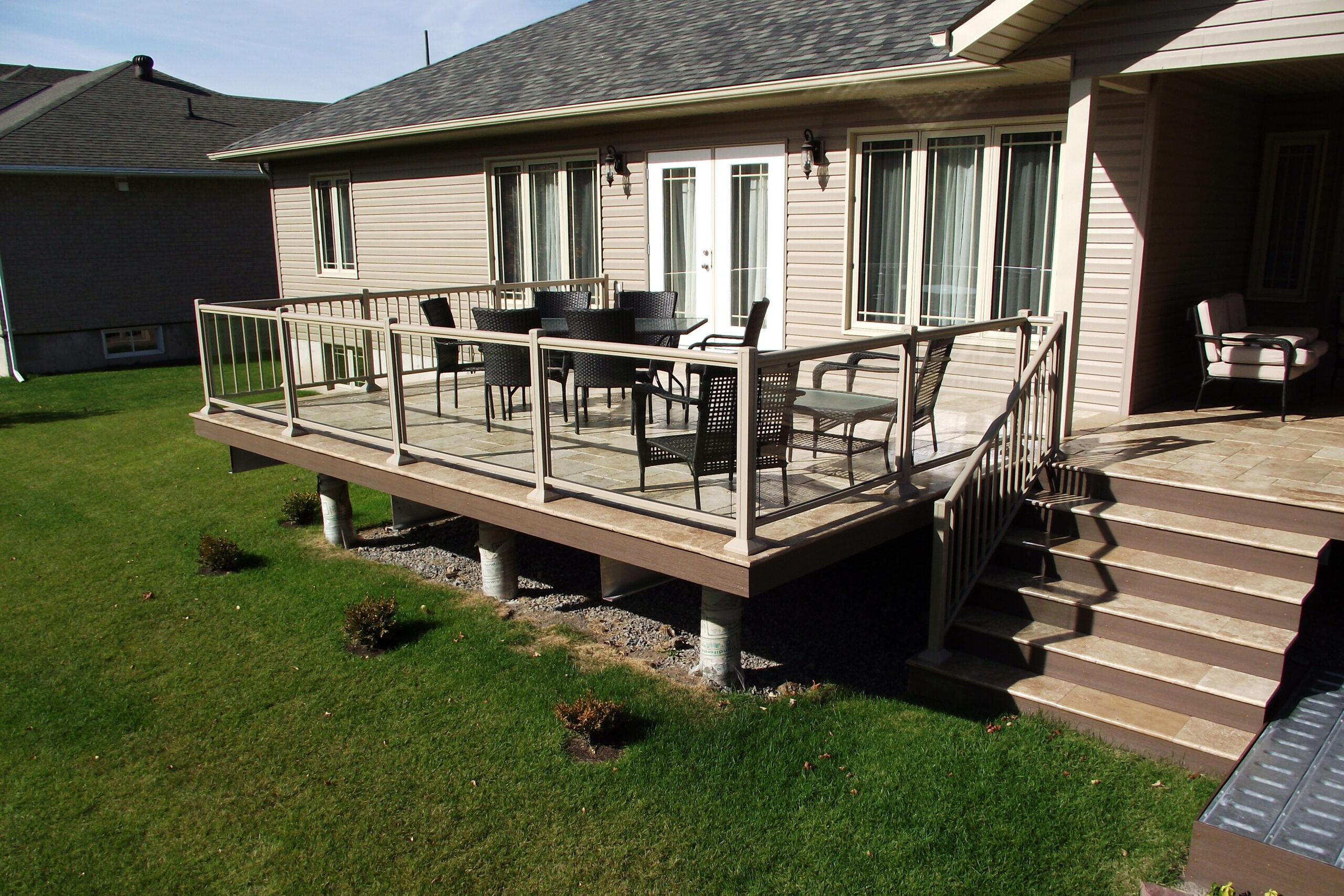
Decks can look perfectly fine while hiding dangerous flaws. Inspectors often find rotting joists, loose railings, or improper flashing where the deck meets the house. Sellers may not notice because they only see the surface boards. But what’s underneath is what really matters.
Safety codes for decks have also tightened over the years, meaning older decks may not meet modern standards. Inspectors check connections, fasteners, and whether posts are set correctly in the ground. Even a deck that feels solid underfoot can have hidden weaknesses. Buyers should be cautious about taking “sturdy” at face value.
11. “The garage is in perfect condition”
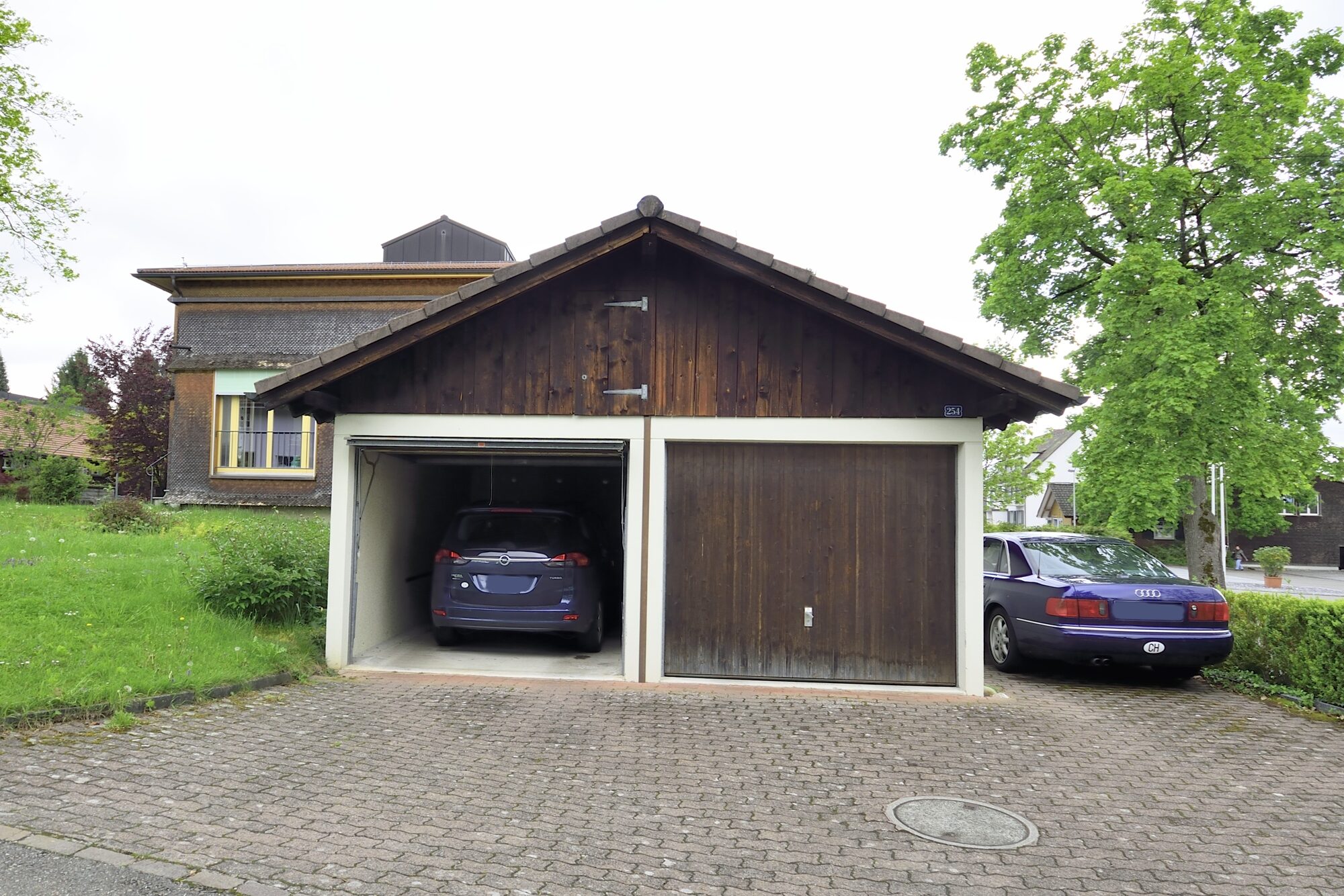
Garages often get overlooked in showings, but inspectors give them a thorough once-over. Cracks in the slab, faulty openers, or missing fire-rated drywall can all show up. Sellers may assume the garage is fine because it’s just for storage. But inspections reveal how well it actually protects the home and cars.
Inspectors check safety features like auto-reverse on garage doors and whether outlets are GFCI-protected. They’ll also note any signs of water intrusion or structural shifting. A garage may not seem as important as the main living space, but it can still represent costly fixes. Buyers should never assume “perfect condition” means no issues at all.
12. “The fireplace is fully functional”

Fireplaces often look charming and well-kept, but inspectors dig deeper. They check for creosote buildup, damaged flue liners, or missing chimney caps. Sellers may have lit fires for years without incident, but that doesn’t mean the system is safe. Fire safety risks make this promise especially misleading.
Chimney inspections often reveal repairs that sellers never anticipated. Even minor cracks can lead to dangerous gas leaks or water damage. Inspectors also check whether the fireplace has proper clearance from combustible materials. Buyers should always get verification beyond a seller’s word.
13. “Everything has been well-maintained”

This is the biggest umbrella promise, and it rarely survives scrutiny. Sellers may have kept the house clean and painted, but that doesn’t mean they stayed on top of mechanical or structural upkeep. Inspectors can tell the difference between cosmetic care and true maintenance. A fresh coat of paint can’t hide a deteriorating system.
Well-maintained means regular servicing, proper records, and timely repairs. Inspectors look for filters changed, HVAC serviced, and signs of consistent upkeep. When that’s missing, buyers can assume they’ll be catching up on deferred maintenance soon. It’s a broad claim, but inspections almost always reveal the gaps.
This post 13 Real Estate Promises That Never Survive the Inspection Report was first published on Greenhouse Black.
